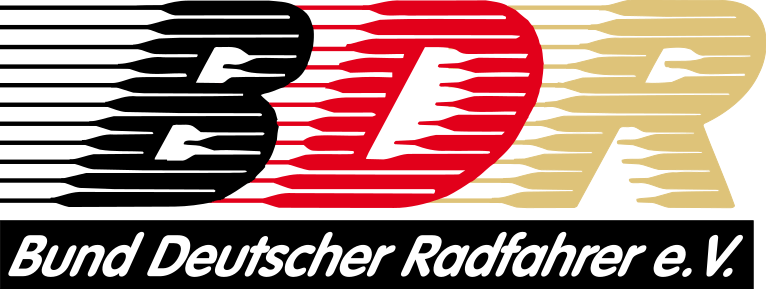The reproducibility of salivary cortisol and testosterone responses to a short duration, high-intensity cycling bout
(Reproduzierbarkeit der Speichelkortisol- und -testosteronreaktion auf ein kurze hochintensive Radtrainingseinheit)
Introduction: It has been reported that a short duration (30 min), high-intensity (alternate blocks of 1 min at 55% maximal workload (Wmax) and 4 min at 80% Wmax) cycling bout (55/80) can highlight alterations in exercise-induced salivary cortisol and testosterone concentrations following a period of intensified training (11 days) (Hough et al., 2013). This suggests the 55/80 bout may be a useful tool to examining hormonal alterations that occur following a period of intensified training. However, to suggest this as a useful and reliable tool the reproducibility of both hormones to the 55/80 bout must to be demonstrated.
Methods: Thirteen endurance trained males took part in this study (means ± s; age 21 ± 3 years; body mass 78 ± 6 kg; height 178 ± 8 cm; 56 ± 6 ml/kg/min). Each participant completed 3 main trials that took place at the same time of day (12 noon). During each main trial the participant completed a 55/80 bout followed (40 min post 55/80) by a cycle to fatigue at 70% Wmax to measure physical performances. Recovery-stress questionnaires (RESTQ) were completed at the beginning of all trials and saliva samples were collected pre, post and 30 min post the 55/80 bout. Testosterone and cortisol concentrations were analysed.
Results: Cycling times to fatigue and RESTQ scores did not differ during this study (P>0.05). Pre to post 55/80 increases in salivary cortisol (101% (Trial 1); 120 % (Trial 2) and 81% (Trial 3)) and testosterone (50% (Trial 1); 57 % (Trial 2) and 63% (Trial 3)) concentrations were found in all trials. Intra-individual CV analysis of the salivary cortisol and testosterone concentrations responses indicated a greater intra-individual variation comparing Trial 1 to 2 (24% cortisol; 14% testosterone) than Trial 2 to 3 (12% cortisol; 7% testosterone). Inter class correlational coefficients (ICC) values of 0.77 (cortisol Trial 1 to Trial 2) and 0.87 (cortisol Trial 2 to 3) and 0.50 (testosterone Trial 1 to 2) and 0.85 (testosterone Trial 2 to 3) were found. In conclusion completing a familiarisation trial reduces the intra-individual CVs in the salivary hormone responses to the 55/80 by 12% (24% to 12% (C)) and 7% (14% to 7% (T)). In addition as indicated by ICC values moderate reliability in the hormone responses to the 55/80 bout were found comparing Trial 2 to 3. These findings suggested that the 55/80 bout is a useful tool once a familiarisation is completed to measure the exercise-induced salivary cortisol and testosterone adaptations that may occur following an intensified training period.
© Copyright 2014 19th Annual Congress of the European College of Sport Science (ECSS), Amsterdam, 2. - 5. July 2014. Veröffentlicht von VU University Amsterdam. Alle Rechte vorbehalten.
| Schlagworte: | Radsport Hormon Trainingswirkung |
|---|---|
| Notationen: | Ausdauersportarten Biowissenschaften und Sportmedizin |
| Veröffentlicht in: | 19th Annual Congress of the European College of Sport Science (ECSS), Amsterdam, 2. - 5. July 2014 |
| Herausgeber: | A. De Haan, C. J. De Ruiter, E. Tsolakidis |
| Veröffentlicht: |
Amsterdam
VU University Amsterdam
2014
|
| Seiten: | 24 |
| Dokumentenarten: | Kongressband, Tagungsbericht |
| Sprache: | Englisch |
| Level: | hoch |
